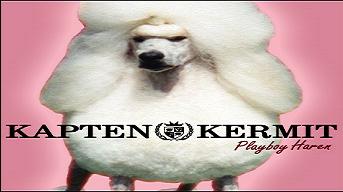In 2004, Purdue University announced this innovation which allows printers to embed a secret, almost invisible code into printed documents. A person who knows of the code’s existence and, of course, how to decode it, can use this added information to verify the authenticity of the document itself. At the time, PC Magazine waxed poetic about the advancement, wondering aloud if this innovation could be used, for example, to print your own driver’s license at home. But the more practical value? As of 2005, the Secret Service (which was originally charged with stopping counterfeit money) used the technology as a tool in tracking down alleged counterfeiters.
What information is in there? Also in 2005, a watchdog group, the Electronic Fronteir Foundation (EFF) reversed the code insofar as a line of Xerox printers was concerned (in-detail explanation here). EFF was able to determine the time and date the print was made, as well as the serial number of the printer which created the document.




















Inga kommentarer:
Skicka en kommentar